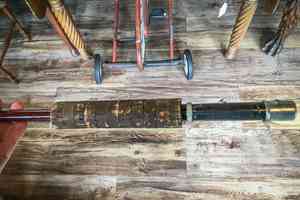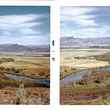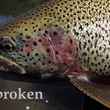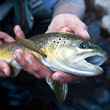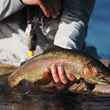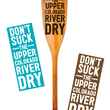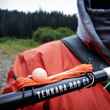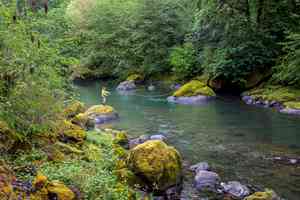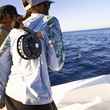It's not that we haven't spent enough time and effort promoting our fishing photo contest. Those of you who read the site regularly probably wish we'd just can it already. It's not that we haven't gotten lots of great entries from which we're eager to select the winners. We're just being greedy.

That said, we're putting you all officially on notice. There's now one week left to get your best photos from this past year entered in our Maui Jim Guy Harvey Sunglasses photo contest. Four pairs of these limited edition Maui Jim sunglasses featuring the artwork of renowned artist Guy Harvey, valued at $299 each, are up for grabs. We've also got some Maui Jim apparel slated for several winners as well. Last but not least, the grand prize winner will have their photo featured in the header of the Hatch Magazine web site, which surely has everyone chomping at the bit.


